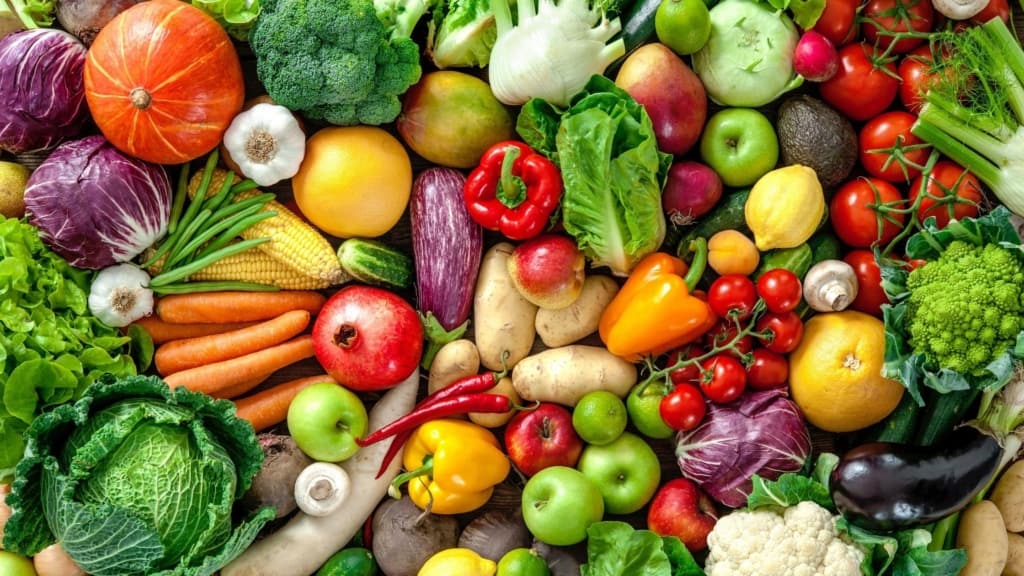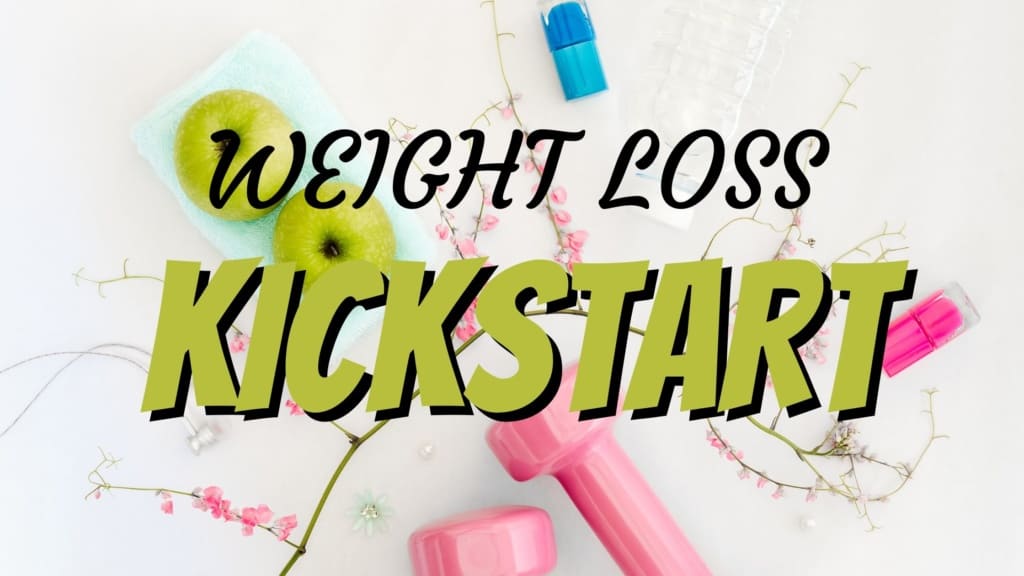
Welcome to my NEW series: Healthy Habits, Healthy Life! For the next 12 weeks I’m giving tips on how to eat healthier, how to find an exercise you love, how to honor your body with how you eat, and how to meal plan EVERY WEEK, without fail.
If you do the math, this series will end RIGHT before Christmas break. This means that when the new year begins, you’ll have all these healthy habits set up to give you a head start on those making their New Years Resolutions! I hope you’ll join me over the next 3 months to learn how to change your life for good!
This week is all about how to make a healthy plate so you can eat healthy at every meal. And it’s easy to get confused about this-
- “Well, what’s good for you?”
- “I thought you weren’t supposed to eat carbs.”
- “Doesn’t fat make you fat?”
Set all of that aside for a moment and listen to your body and what feels right for YOU. This is a general template and you need to modify it to what you need. But this Healthy Plate Template covers the basics of what your body needs.
How to eat healthy at every meal

The Healthy Plate Template
This is what a healthy plate typically looks like:
- 1/4 of your plate should be some kind of protein.
- 1/4 of your plate should be a carbohydrate source.
- 1/2 of your plate should be filled with vegetables.
- Add (in moderation) a source of fat and a side of fruit (if desired).
I’ll be honest for a minute: I didn’t follow this template when I lost 20 pounds. That’s because I didn’t know.
Those times when I was super hungry and didn’t know why- I wasn’t getting a good balance of everything above!
This is why I want to teach YOU, so you don’t make the same mistake I did. You don’t have to starve to lose weight! So let’s break down each area of your plate:

1/4 plate: Protein
Protein plays a major part in our bodies. It repairs and builds muscle, helps you feel full longer, AND helps you burn more calories throughout the day. Eating some protein at every main meal helps regulate your hunger levels!
On a healthy plate, try to make one fourth of your meal a protein source. This includes:
- Chicken
- Ground beef/turkey
- Steak
- Pork
- Eggs
- Tofu
- Beans/lentils

1/4 plate: Carbs
Carbohydrates get a bad reputation. You may have heard a mixture of the following:
- All carbs are bad.
- Carbs make you gain weight.
- Low-carb is the only way to lose weight.
Now, always follow your doctor’s orders- but in general, carbohydrates are definitely part of a healthy diet and shouldn’t be avoided. Besides- fruits and vegetables are huge sources of carbs… and you KNOW you should be eating those, right?
Carbs give you energy! Some might be more nutritious than others, but I include a carb-rich food in every main meal. Here are some examples:
- Brown rice
- Quinoa
- White/sweet potatoes
- Beans/lentils
- Oats

1/2 plate: Vegetables
Vegetables can be one of the hardest foods that people add to their plate. Some of us just don’t like vegetables, or can’t think of good ideas, or don’t know how to make them taste good.
But they’re SUCH an important part of your diet. A recommended intake is 5-6 servings of vegetables daily, which is between 1/2 cup and 1 cup per serving. And they give you the nutrients you need to sleep better, to boost your immunity, and will help keep you full, making it easier to lose weight!
Vegetables are low in calories- between 20 and 50 calories per serving. That means you can totally fill up on those veggies and feel full longer! Here are some ideas to incorporate vegetables on your plate:
- A large salad
- Roasted in the oven or air fryer (I usually do 400 degrees for 20-25 minutes)
- Steamed in the microwave (Bags of frozen vegetables are cheap)
- Mixed in with your food (Casseroles, scrambled eggs)

Other additions to a healthy plate
In addition to the above, a fat source will help keep you full even longer and add many other benefits, such as:
- Improves brain health
- Boosts the immune system
- Can lower the “bad” cholesterol
Good sources of fat include butter, olive oil, cheese, nuts, and nut butter. One tablespoon (or the length of your thumb) is about 100 calories, so be mindful when you add some to your plate!
Fruit is another awesome option as a side item or post-meal dessert. A cup of strawberries or blueberries, a sliced apple, or even some applesauce would work.
eating healthy every day
Now, are you going to be perfect with this? Definitely not! I do my best, but not every meal is going to be exactly half your plate with vegetables, etc. Give yourself grace and do your best!

I go more into depth on this in my NEW course, Weight Loss Kickstart! Originally a group program, I modified it into a self-paced course (and at a lower price, too!) so you can take your time with it and learn the healthy habits that come with weight loss.
Click here to learn more info and sign up today!
Leave a comment and let me know: Do you try to add all of the above categories on your plate? What can you do next week to make your meals more nutritious?

Jaime is a Nutrition Coach through the ISSA and professional writer. She has 4 years experience coaching and 9 years experience in writing. She enjoys cooking easy meals, running, and learning more about food.
Jaime specializes in helping women with ADHD learn to meal plan and cook healthier meals without getting overwhelmed.
